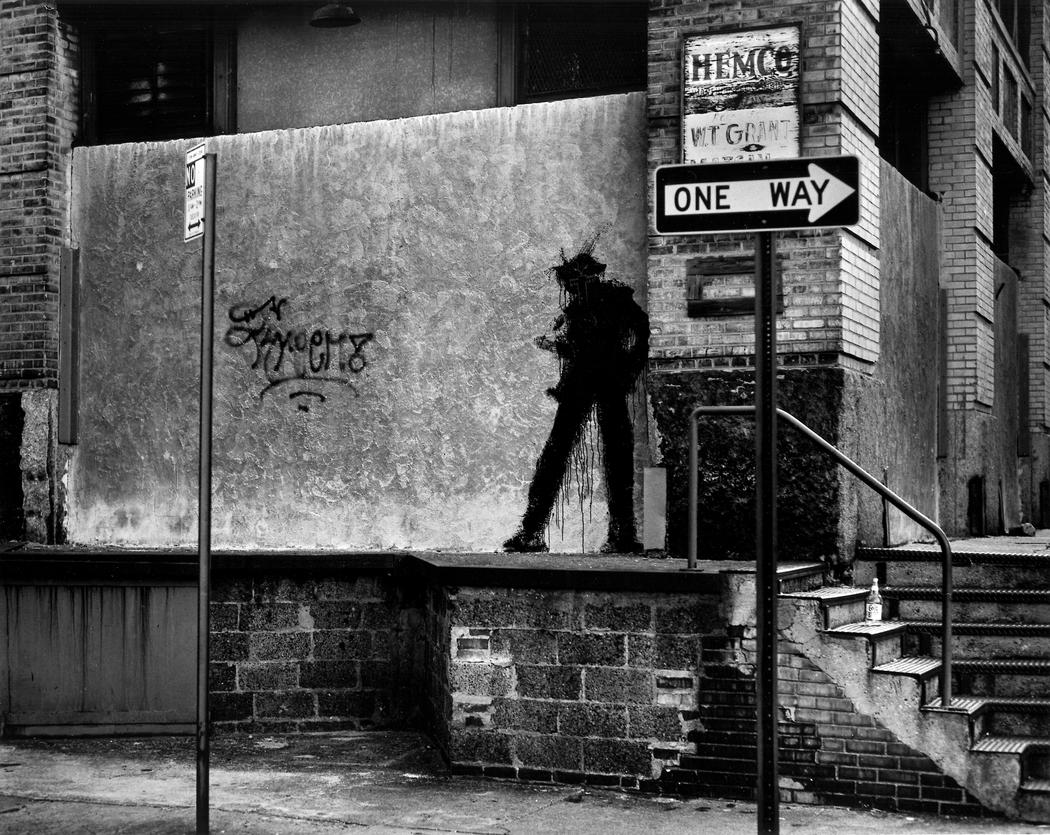We are only few days away from the second edition of Nuart Aberdeen not only officially taking over the streets of the Granite City, but also its conference halls, cinemas, bars, clubs, etc. And while the first artists are already busy creating their newest public works (as seen on Nuart Aberdeen’s Instagram), the AM team is getting ready for their annual trip and will be reporting from the scene as well as participating in some of the events.
Aside from beautifying the streets of Aberdeen, Nuart will be hosting a whole series of Street Art related events – workshops, gallery shows, movie projections and premieres, parties, etc. The program starts off on the 12th of April with the Inky Protest group show that will display a selection of work from the archives of Nuart and Peacock Visual Arts print houses, and will also include a talk by critic and curator Carlo McCormick. “My talk will be the darkest and most disturbed bit of public speaking I’ll have done in many decades. From the Unabomber to the perverse drawings that monks did in the margins of illuminated manuscripts it’s quite possible no one will talk to me after this one.” – says McCormick about his much anticipated presentation.
Aberdeen will also host the UK premiere of Shadowman (header image), a documentary about one of the founders of the Street Art movement – Richard Hambleton, as well as the Nuart x Amnesty International panel debate with references to the North East Suffragette movement. Other talks include contributions from artists Ernest Zacharevic, Hyuro, Carrie Reichardt, Ciaran Glöbel and Bordalo II as well as a keynote speech by Jacob Kimvall (author of The G-Word), and sessions with Cedar Lewisohn (ex-Tate Modern curator), Evan Pricco (Editor, Juxtapoz Magazine), Carlo McCormick and Adrian Burnham (Flyingleaps.co.uk). All this will be hosted under the auspices of Dr. Susan Hansen (Middlesex University) and Pedro Soares Neves (Lisbon Street Art & Urban Creativity).
The full program, which can be found here, which also includes workshops by Nipper and Bortusk Leer, guided tours of all the new works, and a special performance by the Chicago House legend Robert Owens.



